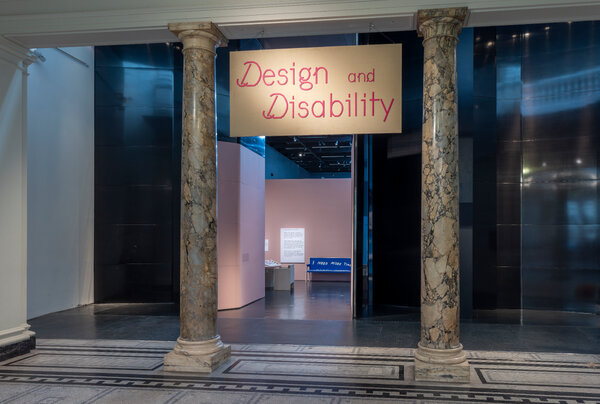A new exhibition at the Victoria and Albert Museum in London explores how design can serve disability, reaching beyond the ideals of “universal design” to honor diverse bodies and identities. This show, called “Design and Disability,” highlights empathy, creativity, and the power of thoughtful innovation.
In London, a Museum Show About Disability and Design

Key Takeaways:
- Victoria and Albert Museum in London hosts “Design and Disability.”
- The show challenges conventional ideas of universal design.
- Empathy is a central principle in rethinking how we design for different needs.
- Wheelchairs, blindness, and the elderly receive particular focus.
- The exhibit encourages viewers to celebrate the uniqueness of many kinds of bodies.
Introduction
The Victoria and Albert Museum in London is the backdrop for “Design and Disability,” an exhibition that puts fresh emphasis on celebrating individual identities. By going beyond the precepts of universal design, this show encourages us to reflect on what it means to create tools and environments for people often overlooked in mainstream design conversations.
From Universal to Specific
Designers have long sought a universal approach to accessibility, one that aims to accommodate as many people as possible. However, “Design and Disability” pushes this conversation further. Rather than trying to develop a one-size-fits-all model, the exhibition applauds designs that address the specific needs of different groups, including the elderly and those with mobility or visual challenges.
Emphasizing Empathy
At the core of the exhibit is empathy. Each display underscores how thoughtful design can support wheelchair users, the visually impaired, and older adults. Whether showcasing modified seating or tactile signage, the exhibit reveals how innovation guided by empathy can transform a simple object into an empowering tool for independence.
Celebrating Individuality
“Design and Disability” is about more than function—it’s about recognizing that our differences inspire more creative solutions. Wheelchairs, guide tools for the blind, and assistive devices for the elderly are presented not as clinical aids, but as expressions of personal aesthetics and human-centered thinking. By honoring these objects, the show challenges visitors to see disability as a driver for fresh ideas, rather than an afterthought.
Conclusion
By looking beyond universal design principles, “Design and Disability” offers a perspective that validates every individual’s lived experience. Through empathy, innovation, and an appreciation for each person’s uniqueness, this exhibition positions disability not as a limitation but as an opportunity for truly transformative design.











